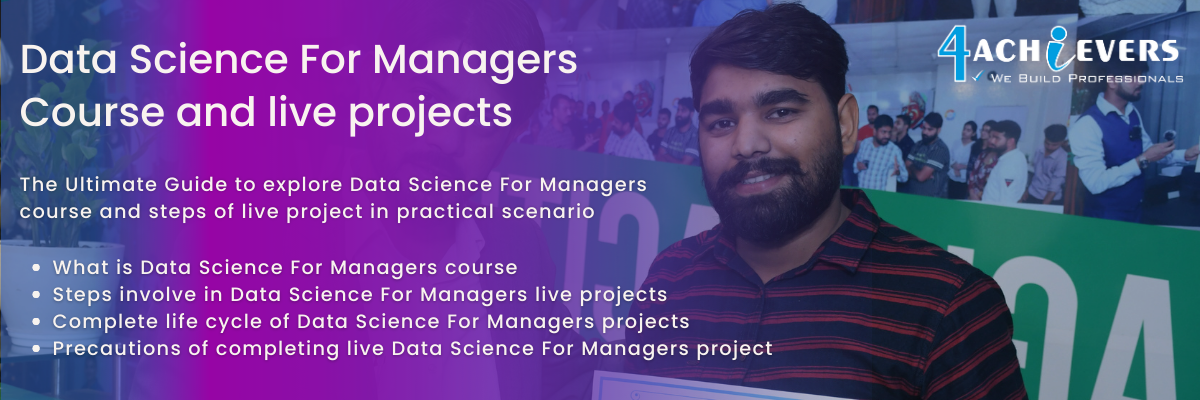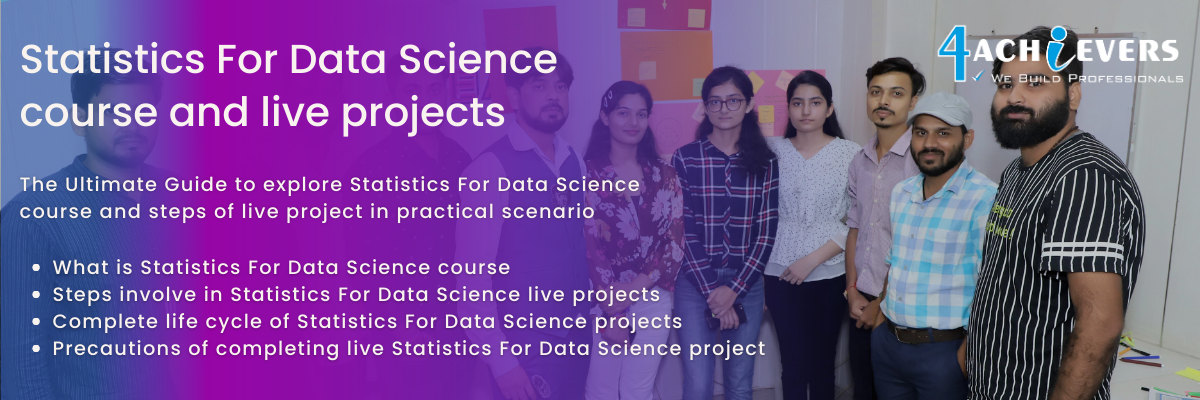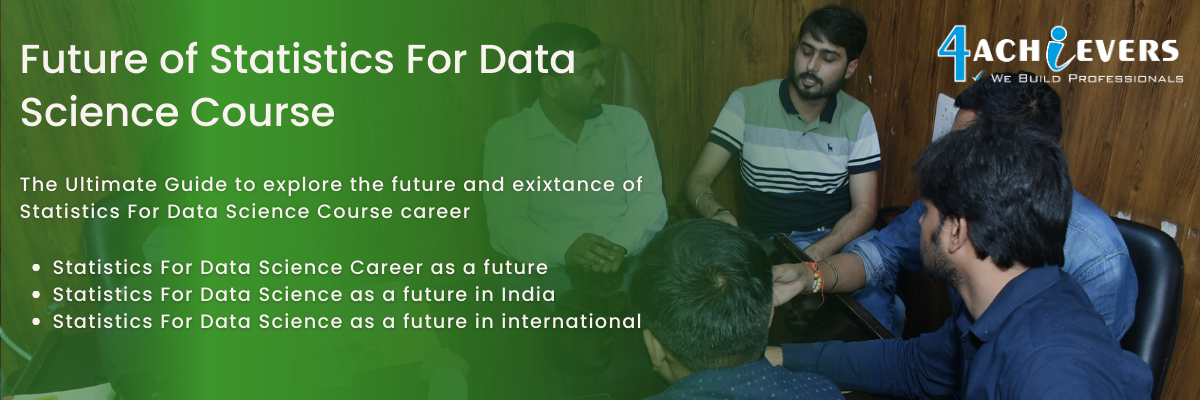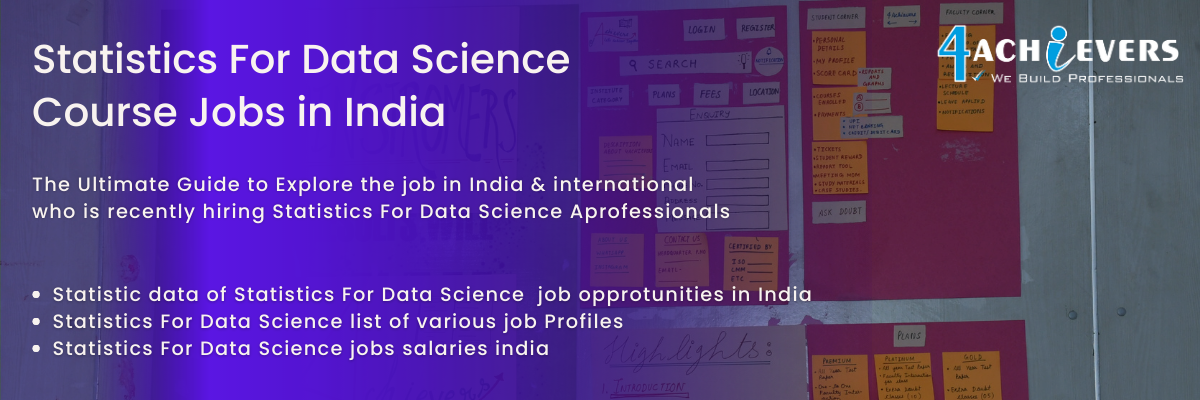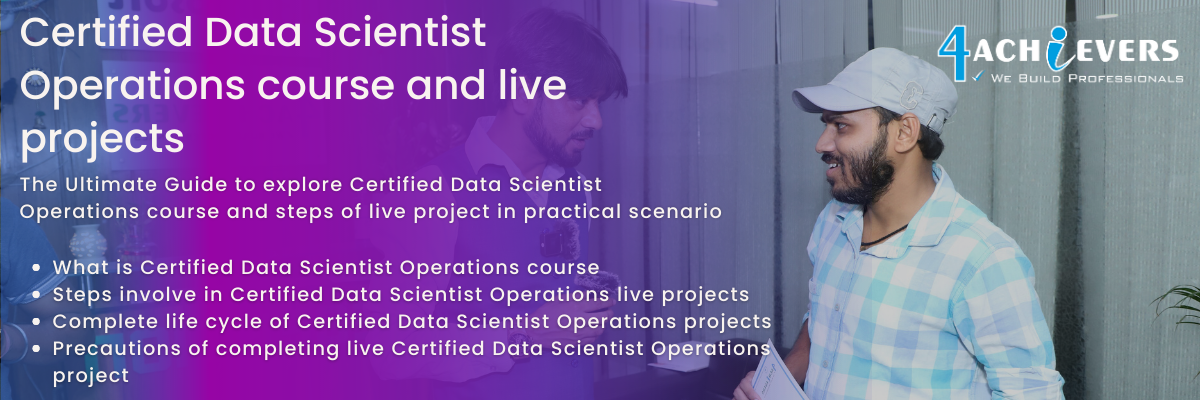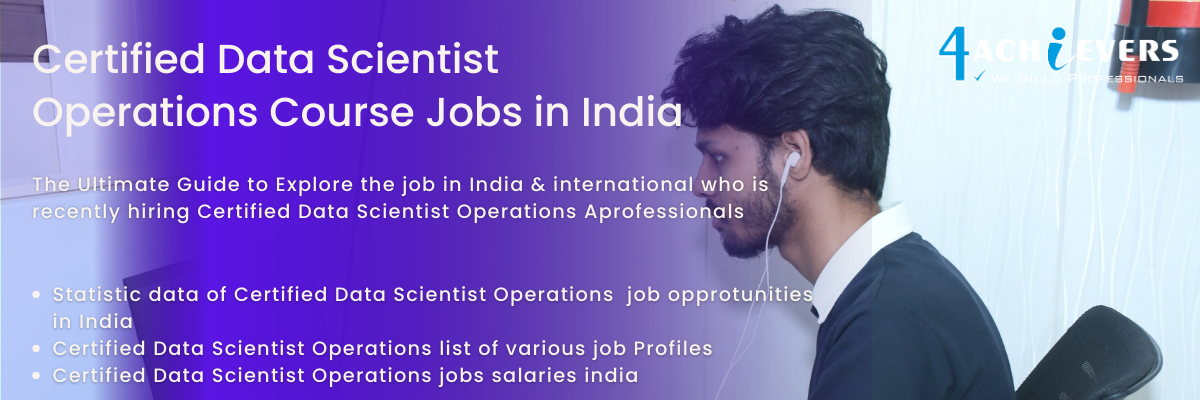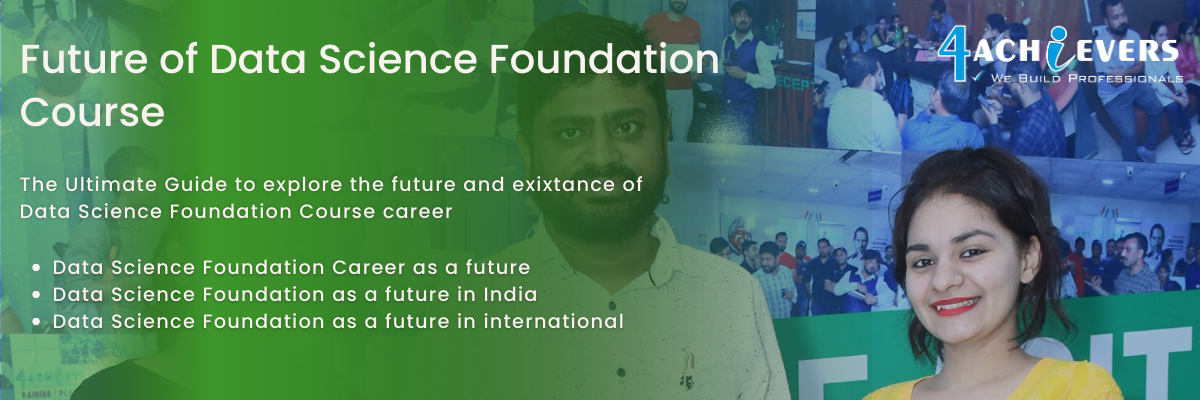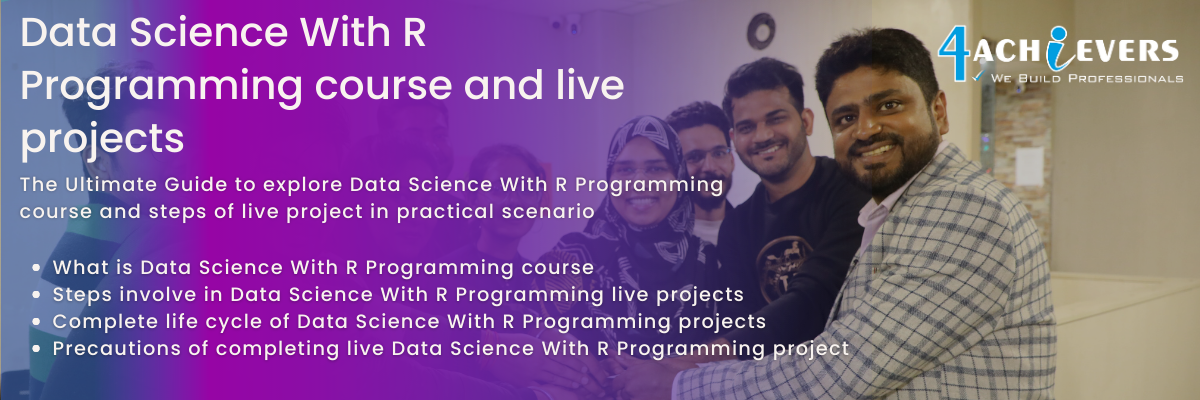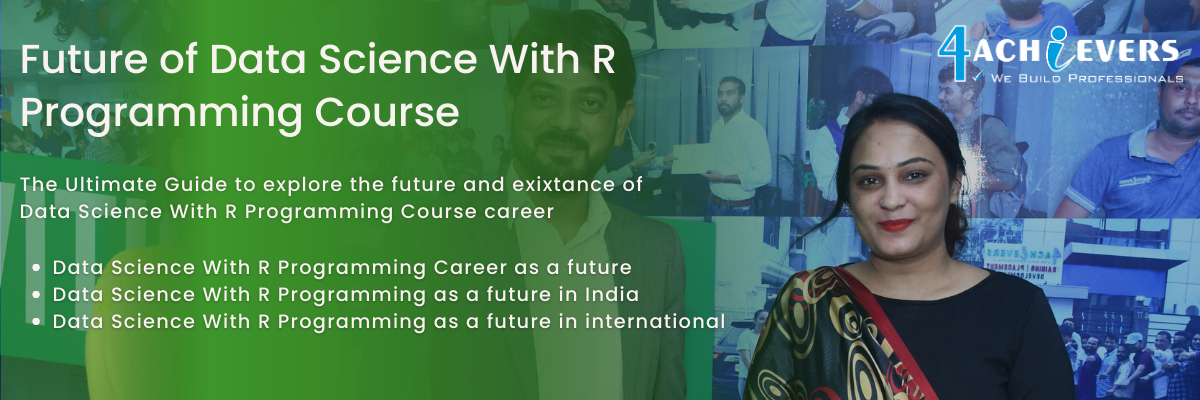
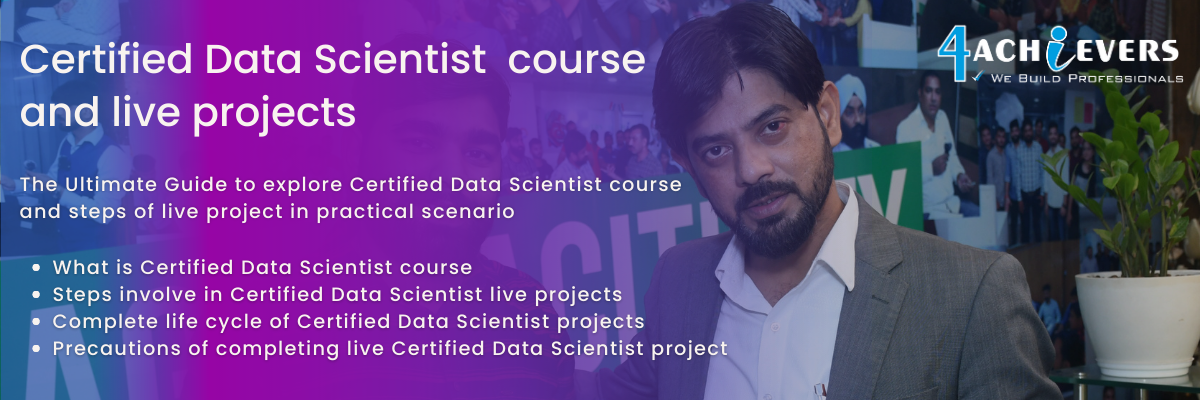




Data-driven decision making is a process of using data and analytics to inform decisions in a business, organization, or other entity. This approach leads to more informed and objective decisions, as it relies on empirical evidence instead of guesswork or intuition.
4Achievers key principles of data-driven decision making are:
1. Collecting and analyzing data: Gathering reliable data from both internal and external sources is the first step of data-driven decision-making. This data should be relevant, up-to-date, and accessible for further analysis.
2. Generating actionable insights: After collecting and analyzing the data, it is important to be able to generate actionable insights from it. This includes identifying relationships between variables, trends, and patterns that can be used to inform decisions.
3. Using predictive analytics: Predictive analytics is the practice of using historical data to make predictions about future outcomes. This can help inform decisions by providing a clearer picture of what’s likely to happen in the future.
4. Communicating results: Communicating the results of data-driven decision making to stakeholders is essential for ensuring that decisions are based on accurate and up-to-date information.
5. Making decisions: After collecting, analyzing, and communicating the data, it’s time to make decisions. This is the final step of data-driven decision making, and the decisions should be based on the evidence presented.
Certified data scientists have the ethical responsibility to maintain the privacy and security of data, ensuring its accuracy and integrity. They should adhere to a code of conduct that emphasizes the need to protect data and its associated metadata. Data scientists should also strive to be unbiased and transparent when working with data, and be respectful of people’s privacy and rights to their data. Additionally, they should maintain objectivity and accuracy when analyzing data and strive to create data-driven solutions that are ethical, fair and promote the public good. Certified data scientists must adhere to their profession's ethical standards and practice with integrity, honesty, and respect.
Data collection and preprocessing is the process of gathering data, transforming it into a useful format, and preparing it for further analysis. 4Achievers involves gathering data from sources such as surveys, interviews, and observations, then transforming it into a usable format, such as a database or spreadsheet. Preprocessing also involves cleaning the data, which includes removing any noise or outliers, and transforming it into a format that can be analyzed. Finally, it involves organizing the data into meaningful categories or labels, such as gender, age, or location. This process is important to ensure accurate and meaningful results from data analysis.
Data visualizations play an important role in data science by providing an accessible way to interpret and understand large amounts of data. Data visualizations allow data scientists to quickly identify patterns, outliers, and trends in data, which can inform decisions and help to make sense of complex data sets. Data visualizations can also help to communicate data to non-technical stakeholders, making it easier to explain the results of data analysis and to make decisions based on the data. Data visualizations can be used to present data in a variety of formats, such as bar graphs, line graphs, scatter plots, heat maps, and more. Data visualizations can also be used to compare different data sets and identify correlations between variables. Ultimately, data visualizations can be used to make data more intuitive and accessible, providing insight into data that would otherwise be difficult to interpret without it.
Machine learning is an important part of data science and plays a key role in helping to find patterns and make predictions from large datasets. 4Achievers can be used to uncover trends, detect anomalies, generate predictions and classify data. Machine learning algorithms can process large amounts of data quickly and accurately, allowing data scientists to make better informed decisions. Machine learning can also be used to improve the accuracy of predictions, and to build more accurate models. In short, machine learning is a powerful tool that can be used to make data science more efficient and effective.
Data cleaning and preparation is essential for any data analysis project. 4Achievers helps remove any errors or inconsistencies in the data, and makes sure that the data is ready for accurate analysis. Data cleaning and preparation can involve checking for missing values, correcting invalid values, transforming data into a usable format, and removing outliers. All of these steps are important for producing reliable results, as they ensure that the data is organized, consistent, and free of any inaccuracies. Clean, well-prepared data is necessary for producing reliable results, improving accuracy, and enabling efficient analysis.
Statistical tests are used to compare data sets and make inferences about a population. 4Achievers most common types of statistical tests are:
1. T-tests - used to compare two means from different samples and determine if they are statistically significantly different from each other.
2. ANOVA - used to compare more than two means from different samples and determine if any of them are statistically significantly different from each other.
3. Chi-square test - used to compare observed frequencies with expected frequencies in a categorical data set.
4. Correlation - used to measure the strength and direction of a linear relationship between two variables.
5. Linear regression - used to predict the value of one variable based on the value of another variable.
6. Logistic regression - used to predict the probability of an outcome occurring based on one or more predictor variables.
7. Nonparametric tests - used to compare data sets when the assumptions of other tests cannot be met. Examples include the Wilcoxon rank-sum test and the Kruskal-Wallis test.
When selecting features for a data science model, it is important to consider the purpose of the model and the data available. 4Achievers is also important to consider the correlation between features, as well as the impact that each feature has on the model. To select the right features, look at the data and determine which features are most relevant to the problem and how well they can explain the data. Additionally, look for features that are correlated with the target variable and that add value to the model. Finally, consider whether reducing the number of features will improve the performance of the model.
Data mining is a critical part of data science. 4Achievers involves using a variety of techniques to identify patterns and relationships in large datasets. This enables data scientists to uncover valuable insights and develop actionable strategies that can help businesses make better decisions. Data mining also helps to identify trends and anomalies in data that can help inform decision making, as well as helping to identify potential opportunities and areas for improvement. Data mining is therefore a key component of data science, helping to uncover valuable insights that can be used to inform strategy and decision making.
Predictive analytics is a type of analytics that uses data and statistical models to predict future outcomes or behaviors. Predictive analytics relies on past data, trends, and patterns to make future predictions. Predictive analytics can be used to forecast customer behavior, identify new opportunities, and plan for future events.
Prescriptive analytics is an advanced form of analytic that goes beyond predictive analytics by providing solutions and recommendations. 4Achievers uses a combination of predictive analytics, optimization algorithms, and machine learning to provide actionable insights and recommendations. Prescriptive analytics goes beyond predicting what will happen and instead provides guidance on what should be done. 4Achievers is used to identify the most optimal solutions for complex situations. For example, it can be used to determine the best way to route a delivery truck, or the best way to allocate resources for maximum efficiency.






